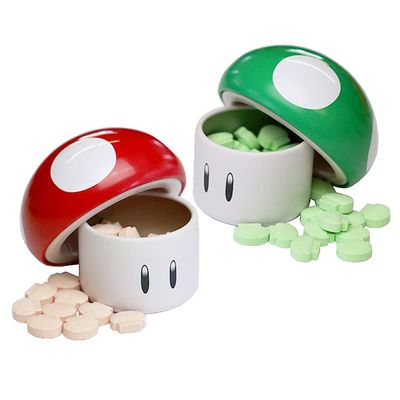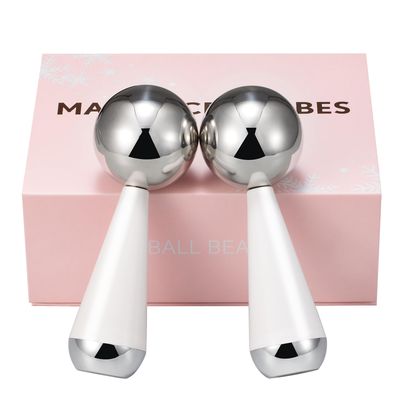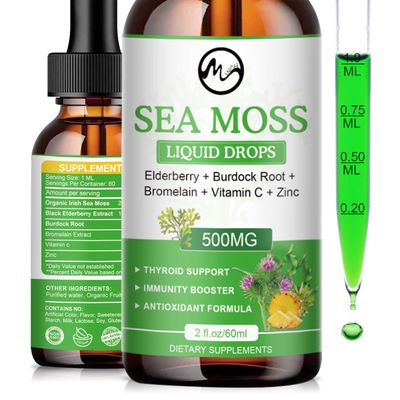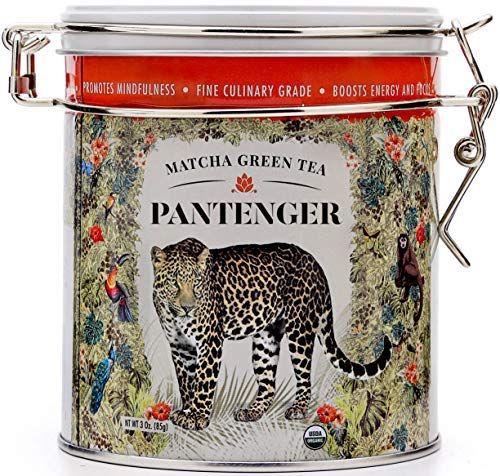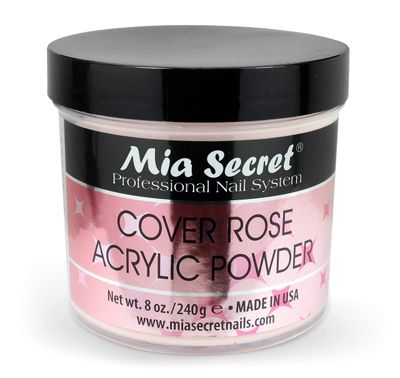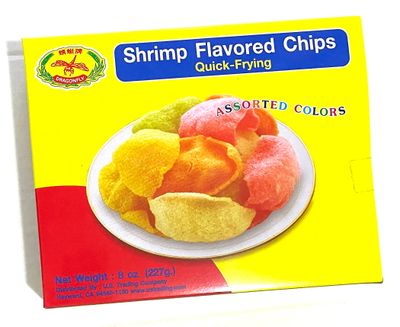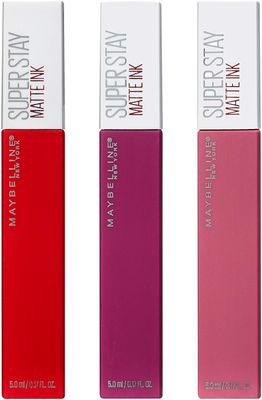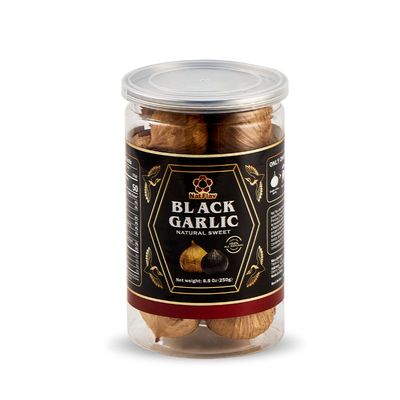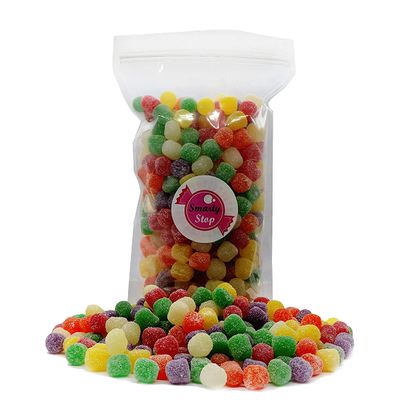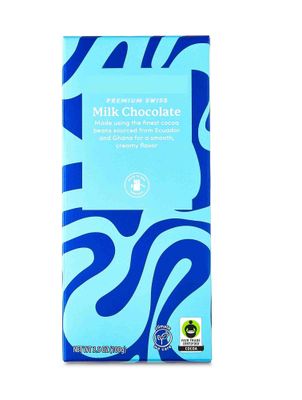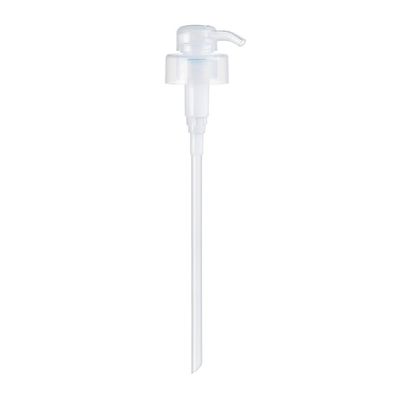Pantenger Organic Matcha Green Tea Powder | 3 OZ - 70 Servings | Authentic Japanese Matcha Powder | Premium First Harvest | Latte & Smoothie Grade.
Description
Use a matcha a matcha whisk and bowl to enhance your tea experience. Method: tea leaves grown under shade for three weeks before the first flush of spring, leaves are hand picked, veins are removed, then powdered using traditional granite stone mills. Color: the 20 days of shade force the plant to overproduce chlorophyll, which is what makes the tea a vibrant emerald green. Low quality matcha is pale and yellowish. Texture: matcha is milled using granite stone mills. The result is a silky texture, with an average particle size of 10 microns (0.01 mm). Taste: the L-theanine produced by an excess of chlorophyll gives the matcha a sweet taste and aroma of fresh grass. Low quality matcha tends to be bitter and astringent. What is the difference between Pantenger Matcha Ceremonial Grade and Pantenger Fine Culinary Grade? The tea variety or cultivar. Our Fine Culinary Grade is 100 Saemidori, which means clear green, has a brilliant green liquor. Taste is very good due to its low bitterness and lack of astringency. The amino acid content is the highest of all Japanese cultivars. It is a premium everyday matcha. Our Ceremonial Grade Matcha is more complex and contains tea leaves from four different cultivars: Asatsuyu, intense green color and reduced bitterness, Saemidori, Okumidori and Ya-bukita both have an elegant aroma and a strong umami taste. Use matcha green tea powder ceremonial grade to mix with water only and matcha powder culinary grade to mix with milk, to make a smoothie or cooking.
Features
- Pantenger Fine Culinary Grade is a genuine high quality matcha. It is organically grown in Kagoshima Prefecture by a ninth-generation family-owned tea estate that has accumulated over 250 years of artisan expertise. Use it to make a healthy breakfast, smoothies and lattes but can also be served in the traditional way with hot water
- METHOD: The tea leaves are grown under shade for three weeks before the first flush of spring, leaves are hand picked, then powdered using traditional granite stone mills. The First Flush of Spring is the first harvest of the year, and the leaves contain three times more L-theanine than the second or summer harvest. Pantenger Matcha contains high levels of antioxidants and amino acids
- COLOR: the 20 days of shade force the plant to overproduce chlorophyll, which is what makes the tea a vibrant emerald green. Low quality matcha is pale and yellowish. TEXTURE: Pantenger Green Tea Matcha is milled using granite stone mills. The result is a silky texture
- TASTE: the L-theanine produced by an excess of chlorophyll gives Pantenger Matcha a sweet taste and aroma of fresh grass. Low quality organic matcha powder tends to be bitter and astringent
- We hope the the purity of our organic matcha will invite you to take a moment of your day to hold your own tea ceremony and enjoy quality time
